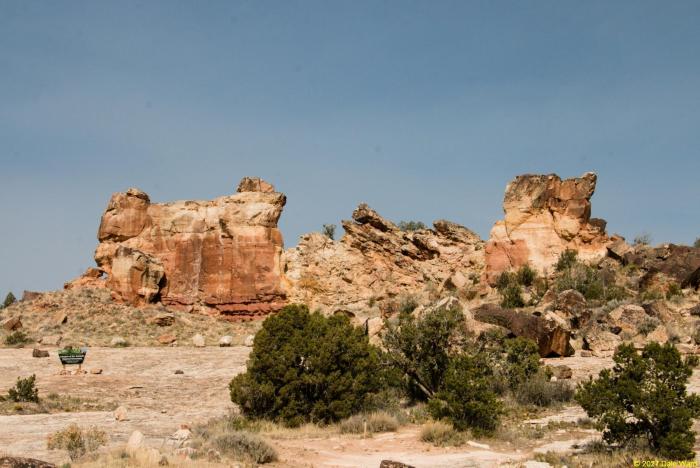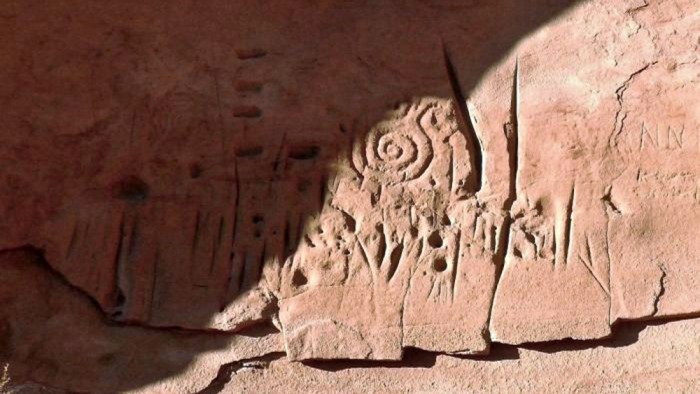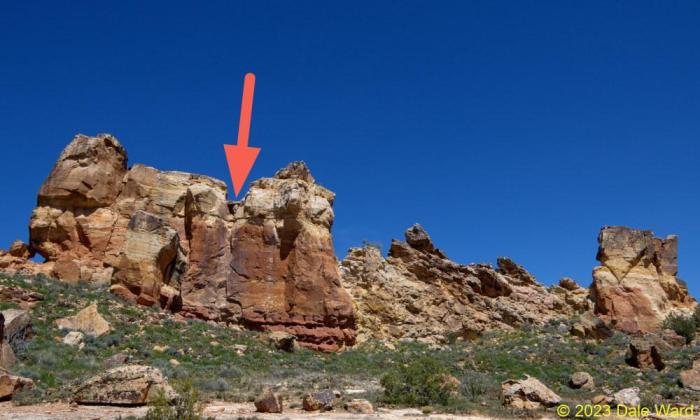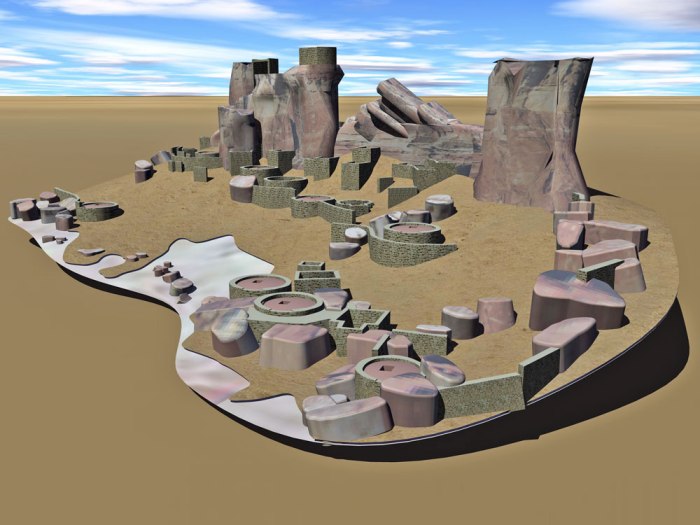Immerse yourself in the captivating history of the Castle Rock Pueblo Settlement Complex, a testament to the ingenuity and cultural significance of the Ancestral Puebloans. This architectural marvel, nestled amidst the stunning landscapes of Colorado, invites us to explore its rich past, unravel its architectural secrets, and delve into the lives of its former inhabitants.
Dating back to the 13th century, Castle Rock Pueblo Settlement Complex stands as a testament to the Ancestral Puebloans’ mastery of architecture and adaptation to their environment. Its well-preserved structures, including pit houses, kivas, and defensive towers, provide a glimpse into their daily lives, social organization, and cultural practices.
Historical Significance

Castle Rock Pueblo Settlement Complex, located in Colorado, USA, is a renowned archaeological site that holds immense historical significance. This ancient settlement, inhabited by the Ancestral Puebloans, offers valuable insights into the cultural practices, architectural advancements, and daily life of this prehistoric civilization.
The settlement was established around the 12th century AD and flourished for several centuries before its eventual abandonment in the 14th century AD. The reasons for the settlement’s abandonment remain uncertain, with theories ranging from environmental changes to warfare and social conflicts.
Cultural Significance, Castle rock pueblo settlement complex
Castle Rock Pueblo Settlement Complex was a vibrant hub of Ancestral Puebloan culture. The settlement’s location at the confluence of two rivers provided access to water and fertile land, sustaining a community that relied on agriculture, hunting, and gathering.
The settlement’s inhabitants practiced a complex social and religious system, evidenced by the presence of kivas, ceremonial structures used for rituals and gatherings. The settlement also played a vital role in trade and exchange, connecting the Ancestral Puebloans with neighboring communities.
Architectural Features

Castle Rock Pueblo Settlement Complex showcases the architectural prowess of the Ancestral Puebloans. The settlement consists of over 100 structures, including residential dwellings, kivas, storage rooms, and defensive features.
Architectural Style
The settlement’s architecture reflects the typical Ancestral Puebloan style, characterized by multi-story, communal dwellings constructed using sandstone blocks. The structures were often built into the natural rock formations, providing both shelter and defense.
The dwellings featured small, windowless rooms that were accessed through roof openings. The kivas, larger circular structures, were used for religious ceremonies and community gatherings.
Defensive Features
The settlement’s strategic location and defensive features suggest that it played a significant role in protecting its inhabitants from potential threats. The settlement was built on a high mesa, providing a natural vantage point and defense against attackers.
Additional defensive measures included perimeter walls, watchtowers, and a system of tunnels that allowed the inhabitants to move through the settlement unseen.
Archaeological Findings: Castle Rock Pueblo Settlement Complex

Extensive archaeological excavations at Castle Rock Pueblo Settlement Complex have yielded a wealth of artifacts and remains that provide insights into the daily life and culture of the Ancestral Puebloans.
Artifacts
Archaeologists have discovered a wide range of artifacts, including pottery, stone tools, jewelry, and animal remains. These artifacts shed light on the settlement’s economy, technology, and artistic traditions.
The pottery found at the site is particularly notable for its intricate designs and variety of forms, indicating the skill and artistry of the Ancestral Puebloans.
Remains
In addition to artifacts, archaeologists have also uncovered human remains at the site. These remains provide valuable information about the health, diet, and burial practices of the Ancestral Puebloans.
The analysis of human remains has revealed that the inhabitants suffered from various health conditions, including dental problems, arthritis, and malnutrition.
Cultural Heritage and Preservation
Castle Rock Pueblo Settlement Complex is a designated National Historic Landmark and is recognized for its exceptional cultural heritage and archaeological significance.
Preservation Efforts
Significant efforts have been made to preserve and protect the settlement. The site is managed by the National Park Service, which has implemented measures to stabilize the structures and prevent further deterioration.
Preservation efforts include ongoing archaeological research, restoration projects, and educational programs to raise awareness about the site’s importance.
Challenges and Opportunities
Managing Castle Rock Pueblo Settlement Complex as a cultural heritage landmark presents both challenges and opportunities. One challenge is balancing the need for preservation with the desire to make the site accessible to visitors.
Another challenge is protecting the site from natural and human-caused threats, such as erosion, vandalism, and climate change.
Visitor Information

Castle Rock Pueblo Settlement Complex is open to the public and offers a unique opportunity to experience the history and culture of the Ancestral Puebloans firsthand.
Accessibility
The site is accessible by road and offers designated parking areas for visitors. Visitors are encouraged to wear comfortable shoes and bring water, as there are no amenities available on-site.
Tours and Amenities
Guided tours are available seasonally, providing visitors with insights into the settlement’s history, architecture, and archaeological findings.
There are no restrooms or food services available on-site, so visitors are advised to plan accordingly.
FAQ Section
When was the Castle Rock Pueblo Settlement Complex inhabited?
The settlement was inhabited from approximately the 13th to the 15th centuries.
What is the significance of the kivas at the settlement?
Kivas were ceremonial structures used for religious rituals, social gatherings, and community events.
Why was the settlement abandoned?
The reasons for the settlement’s abandonment are still debated, but factors such as drought, warfare, and resource depletion may have played a role.